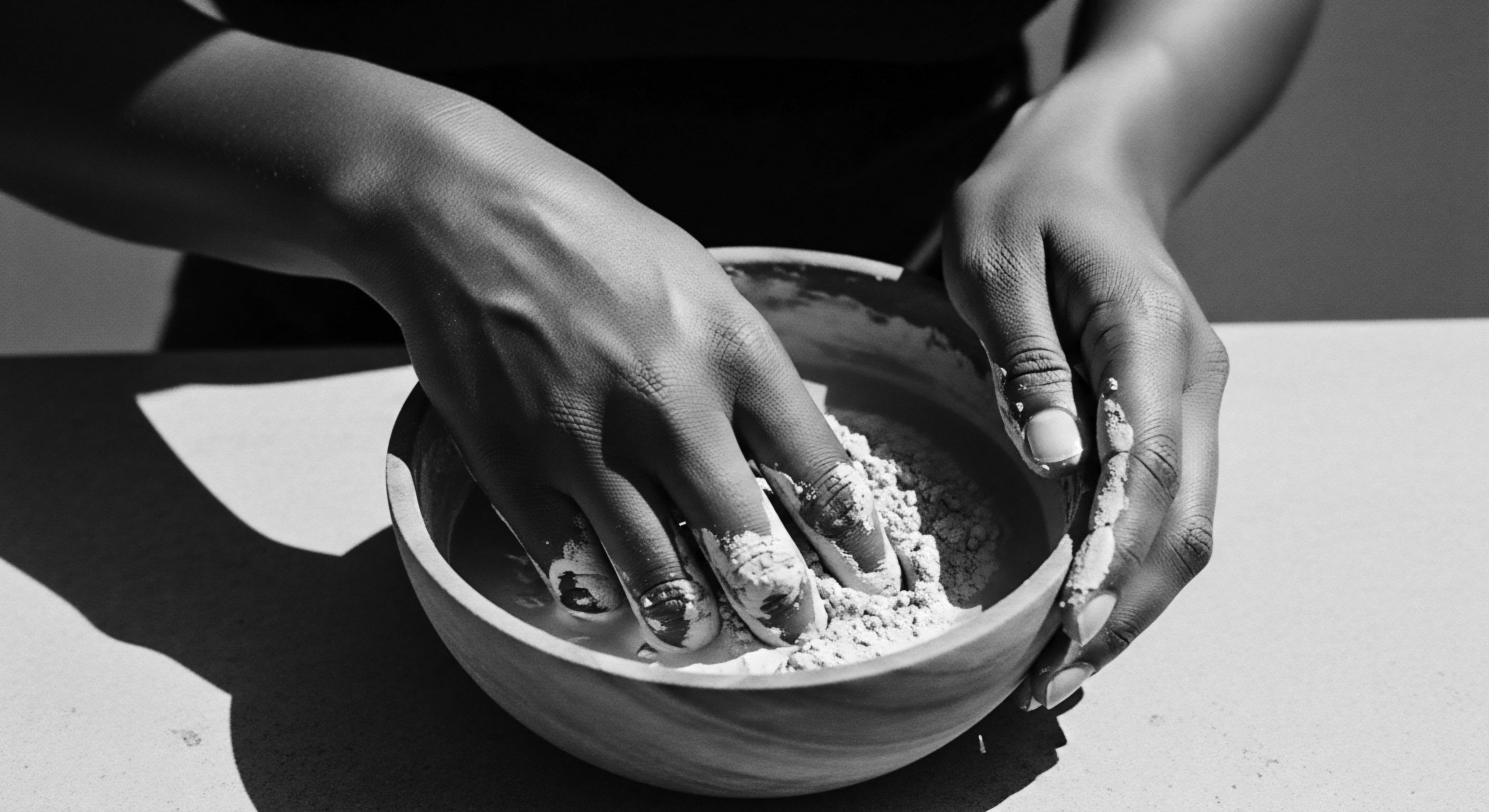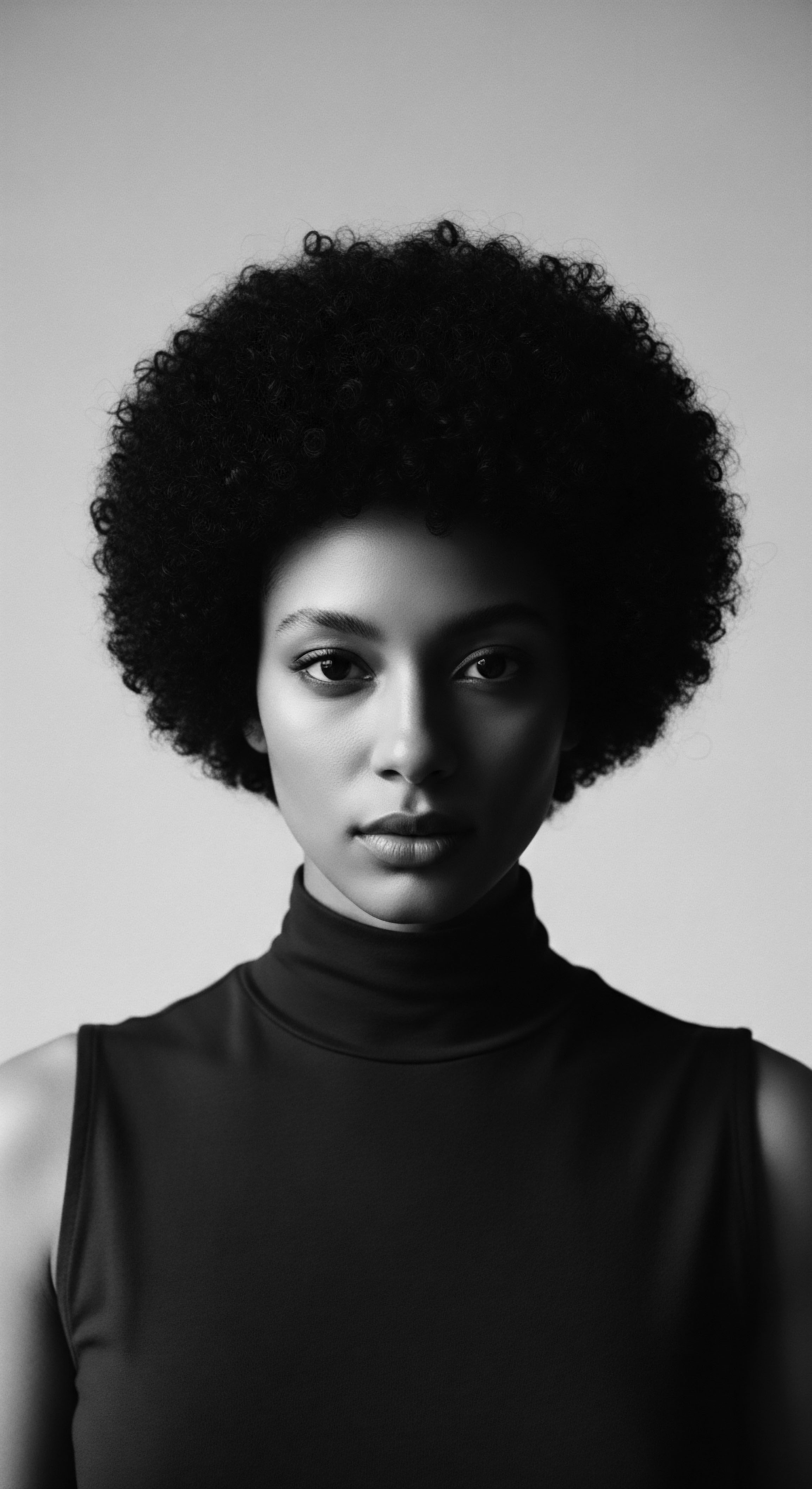
Coil Protection History
Meaning ❉ Coil Protection History chronicles the enduring efforts across generations to preserve and dignify textured hair through ancestral wisdom and evolving care.
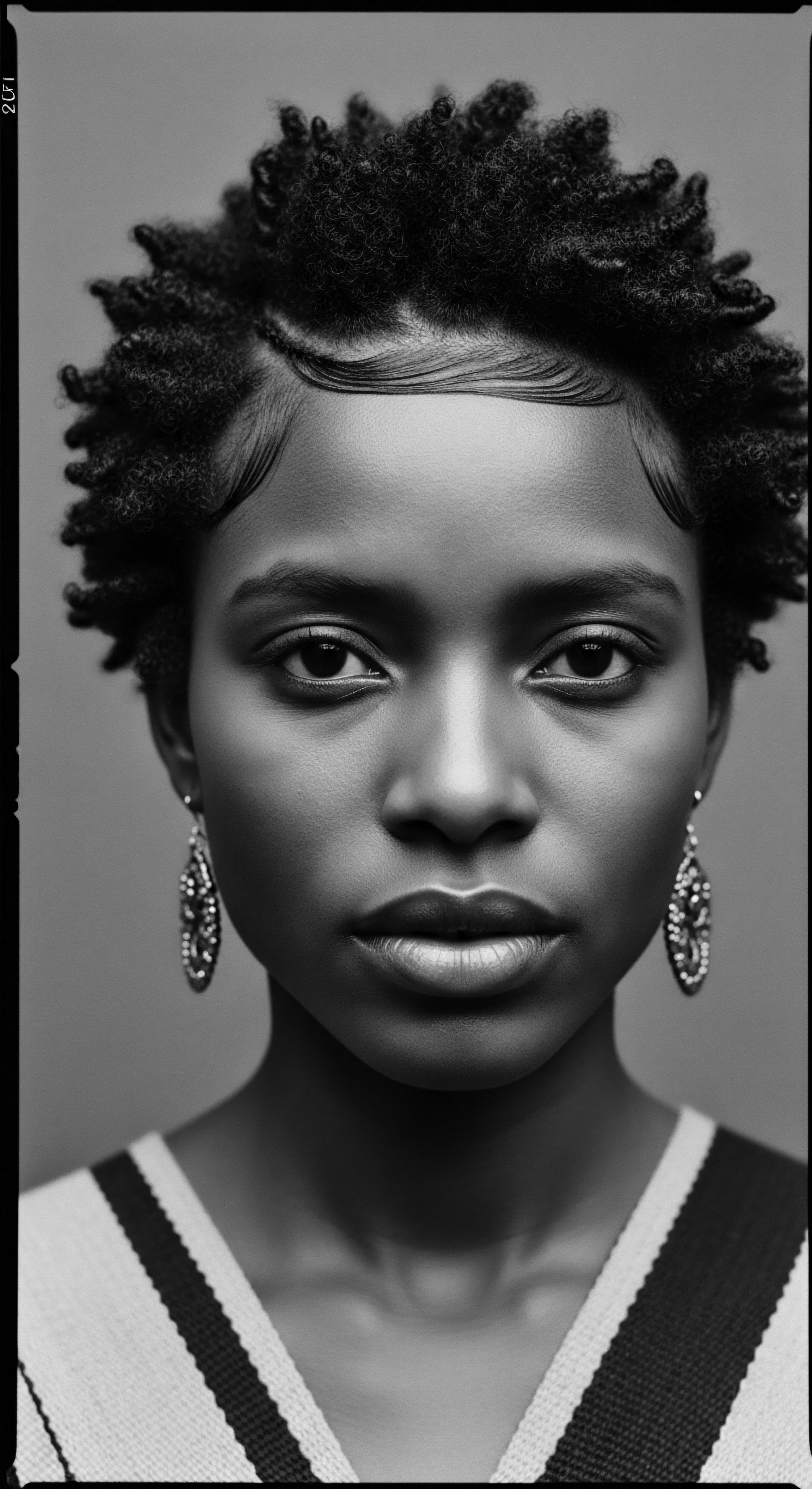
What botanical heritage defined ancient hair rituals for coily strands?
Ancient hair rituals for coily strands were deeply rooted in botanical heritage, reflecting an ancestral reverence for natural elements and their profound connection to textured hair.
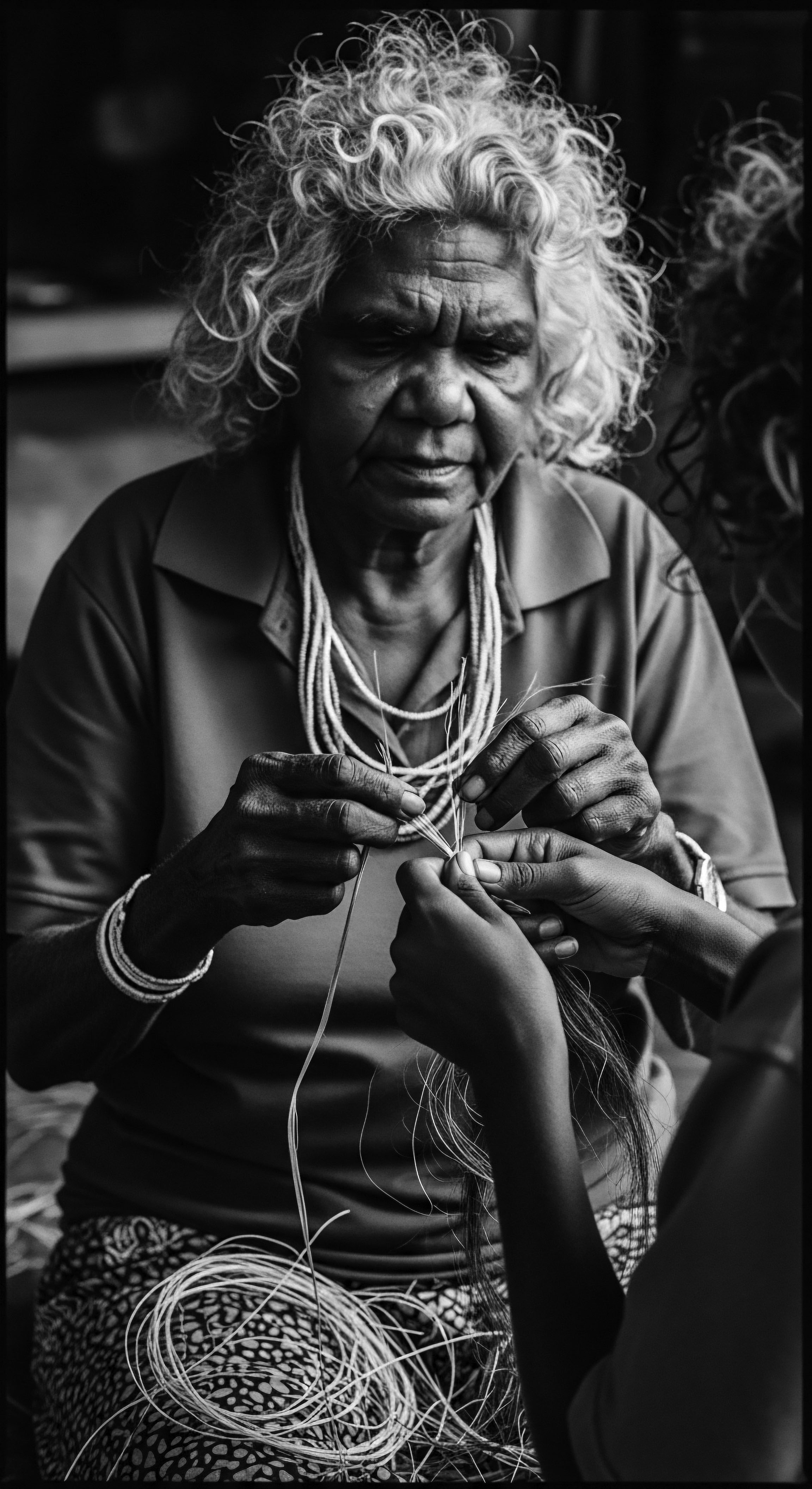
Hair Care Resistance
Meaning ❉ Hair Care Resistance is the inherent response of textured hair to its environment and products, intertwined with the cultural resilience of communities honoring ancestral practices.

How do modern hydrating creams connect to ancestral practices?
Modern hydrating creams draw from ancestral practices by echoing ancient moisture techniques, rooted in textured hair heritage.
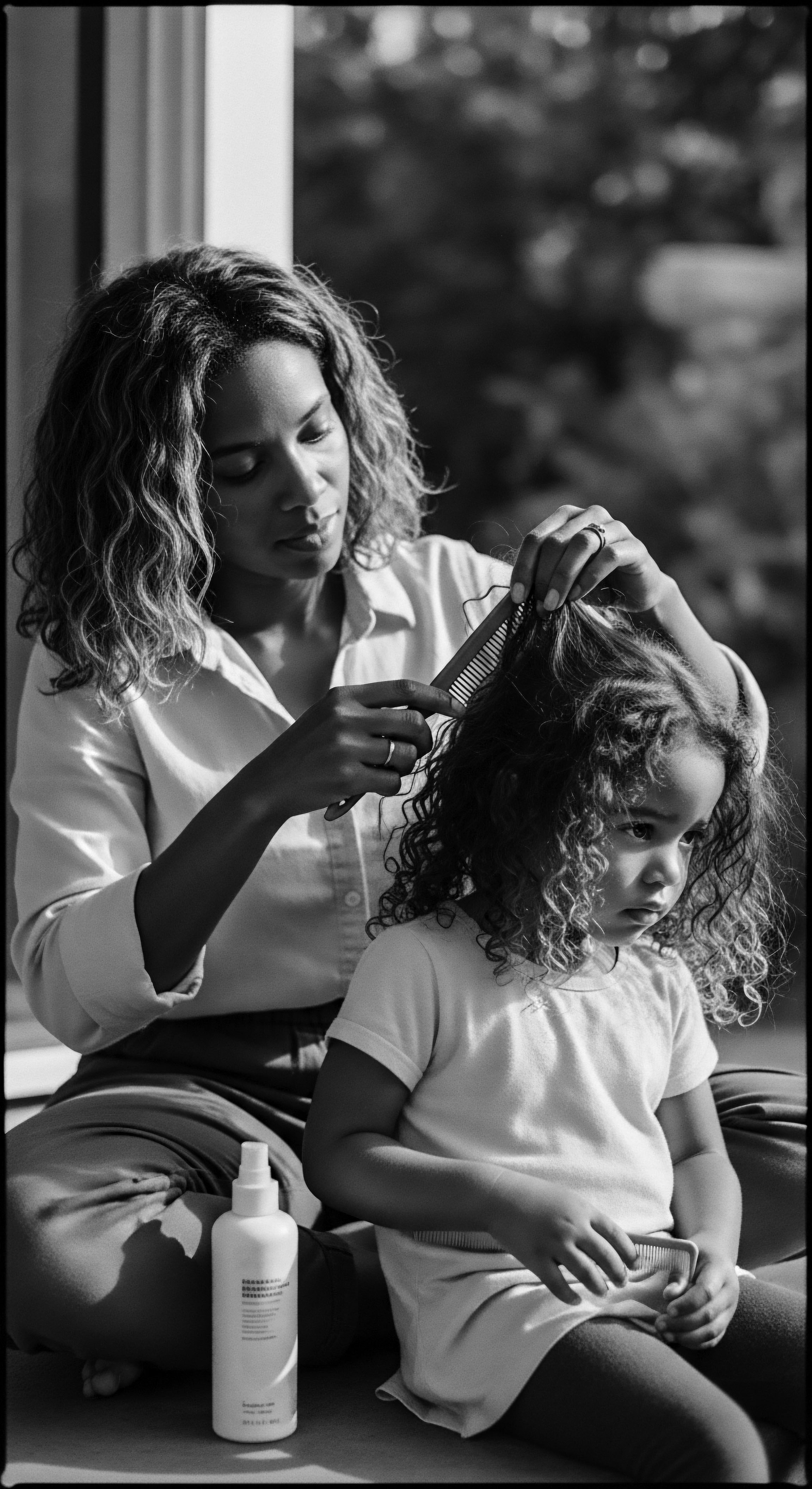
Can modern science validate the historical effectiveness of natural oils on coily hair?
Modern science confirms the historical effectiveness of natural oils on coily hair, validating ancestral practices that sustained textured hair heritage for generations.
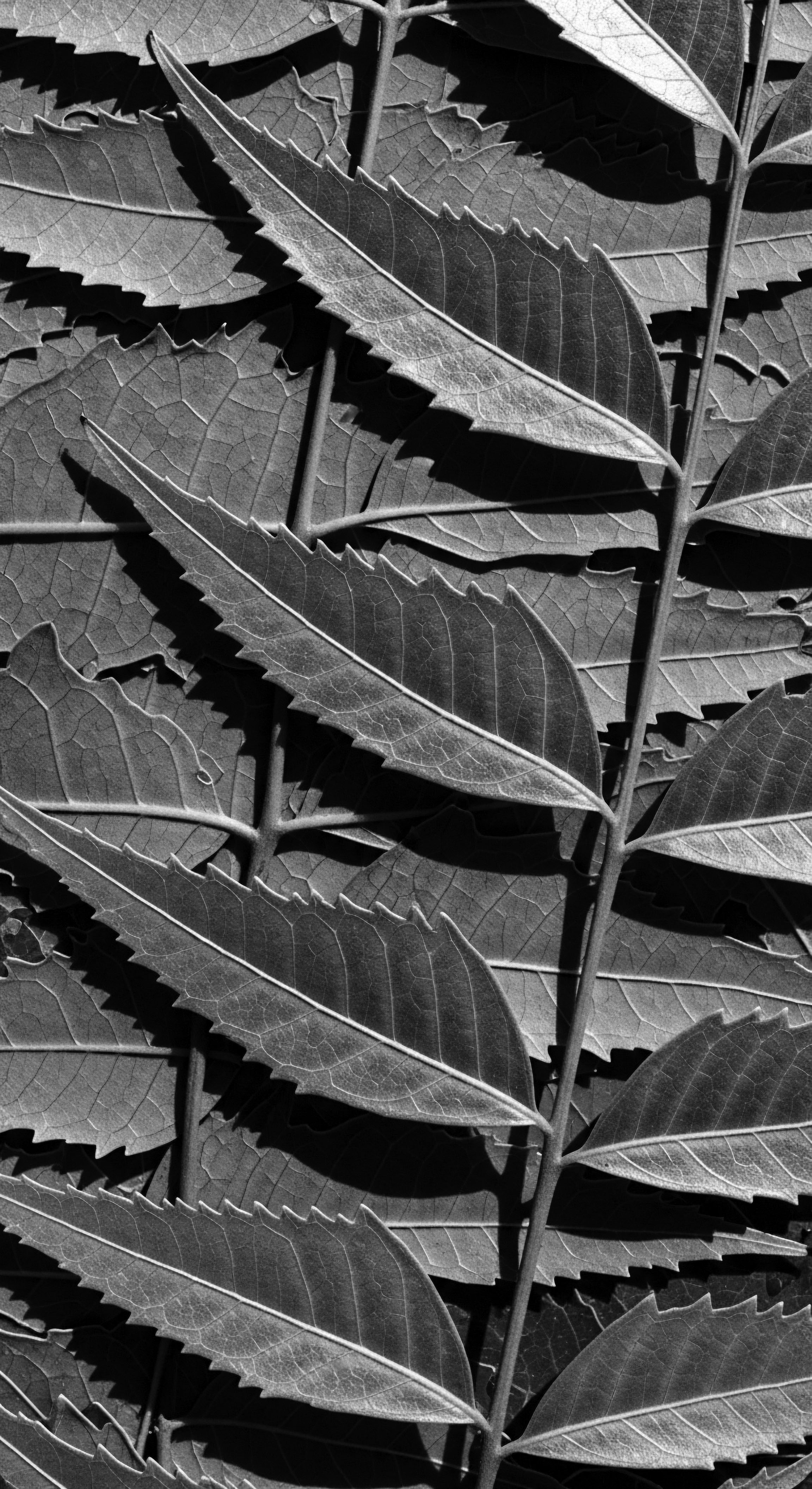
How have ancestral hair practices shaped contemporary textured hair care?
Ancestral hair practices profoundly shape contemporary textured hair care by providing foundational knowledge, techniques, and a deep cultural connection to heritage.
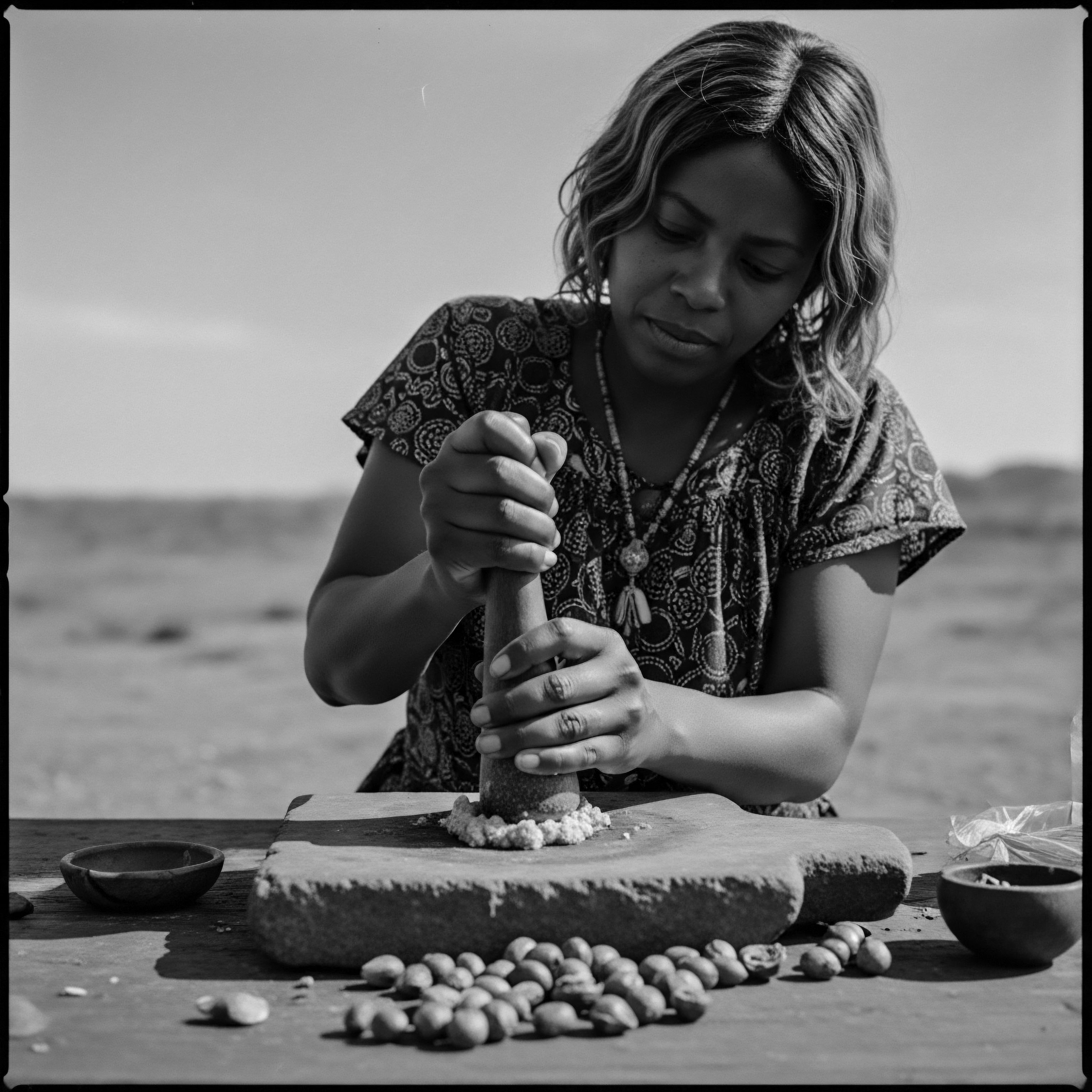
Which ancient oils still serve textured coils?
Ancient oils such as shea, coconut, and argan continue to nourish textured coils, preserving a rich heritage of moisture and resilience.
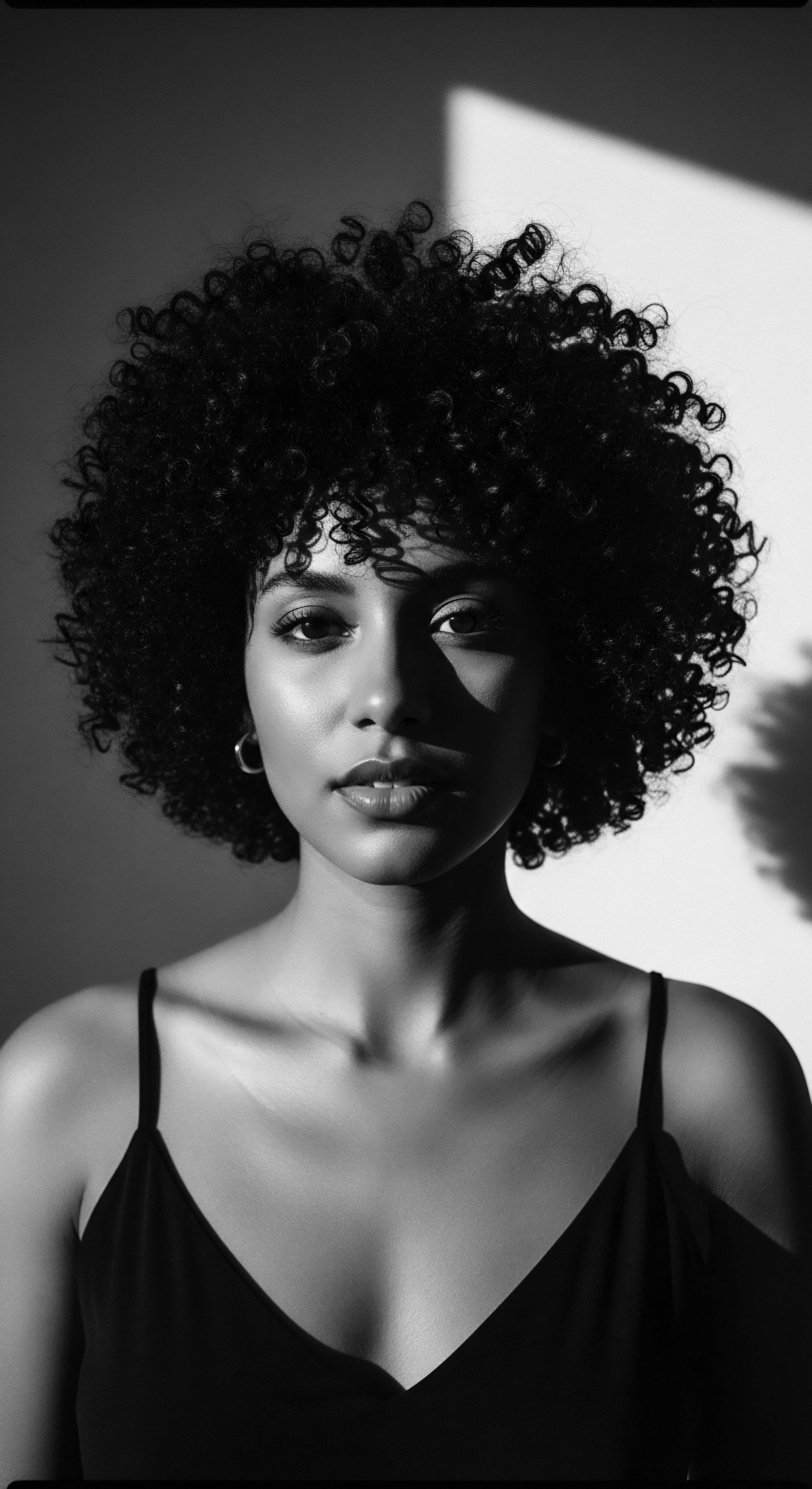
Can botanical remedies provide long-term benefits for coily strands?
Yes, botanical remedies offer sustained benefits for coily strands by preserving moisture, fortifying structure, and supporting scalp health, drawing from deep heritage.
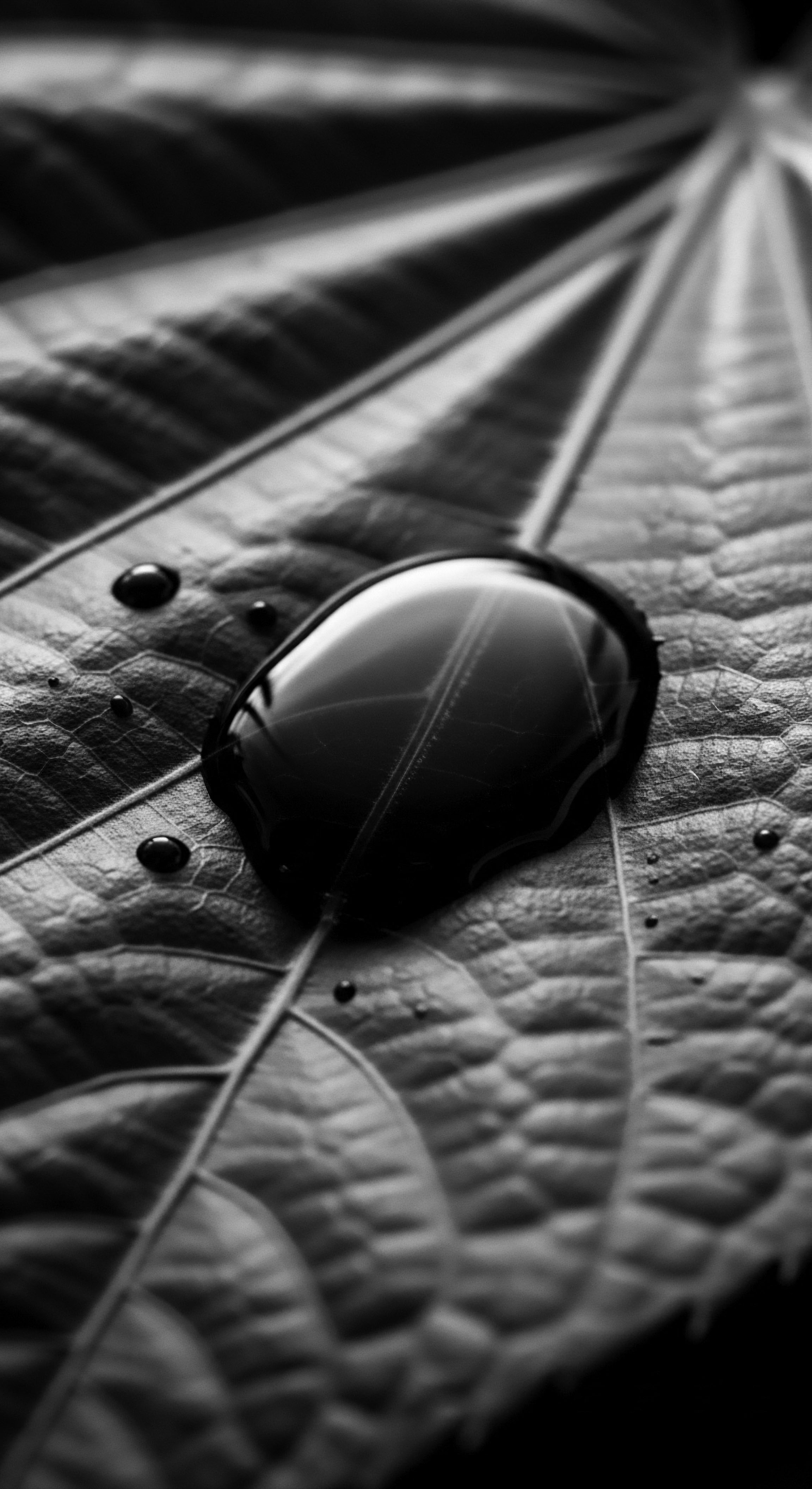
What specific compounds in heritage oils benefit coily hair structures?
Heritage oils benefit coily hair through compounds like lauric acid and phytosterols, nourishing and protecting in practices steeped in cultural memory.
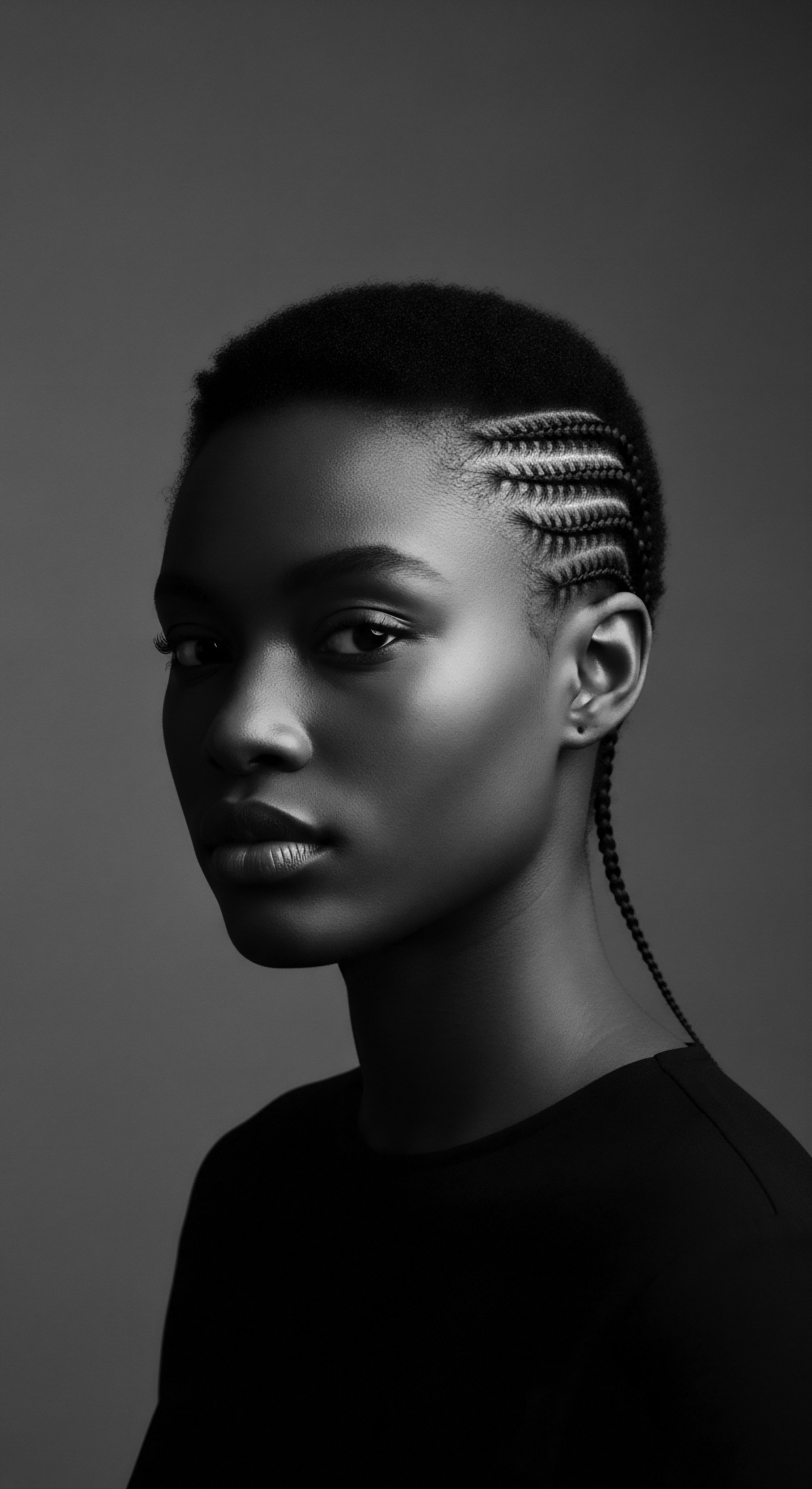
Can ancient hair practices guide modern textured hair care?
Ancient hair practices provide profound wisdom, guiding modern textured hair care through a rich heritage of protective techniques and natural ingredients.
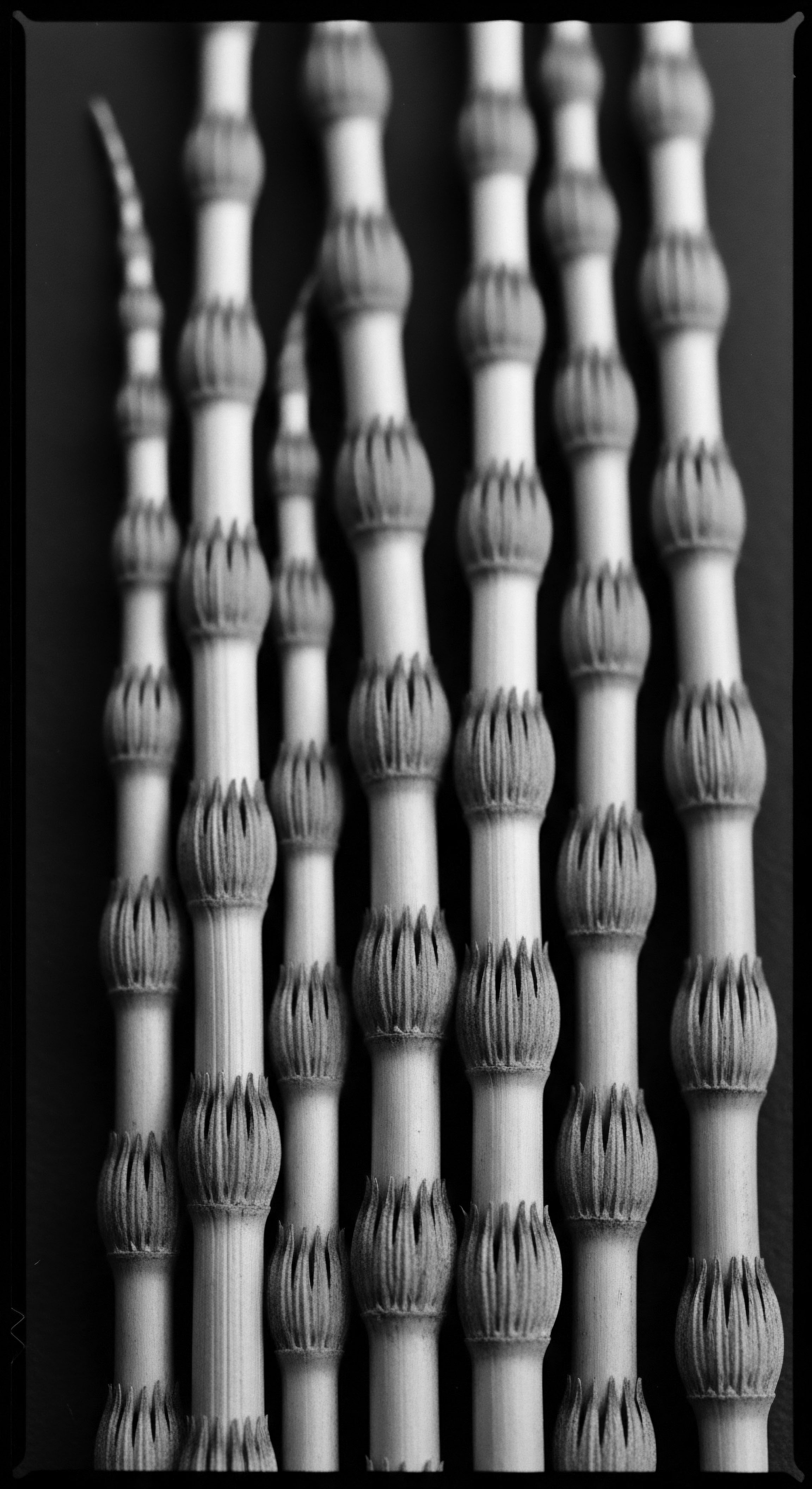
How does heritage inform the care for coily hair today?
Heritage informs coily hair care by offering ancestral wisdom on ingredients, protective styles, and holistic well-being for textured strands.

